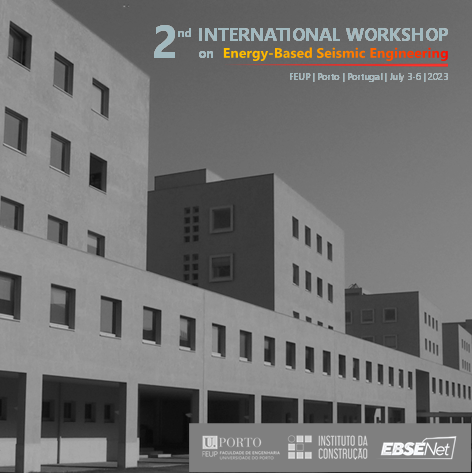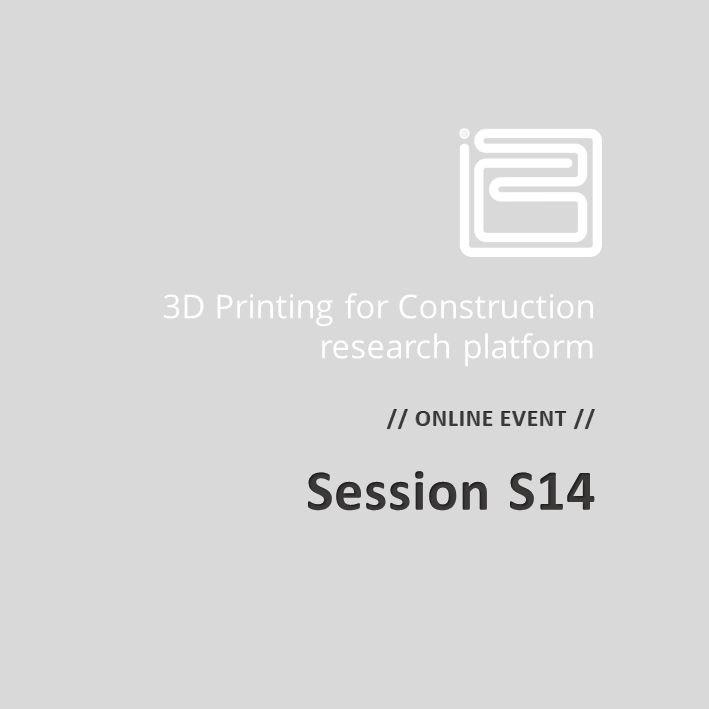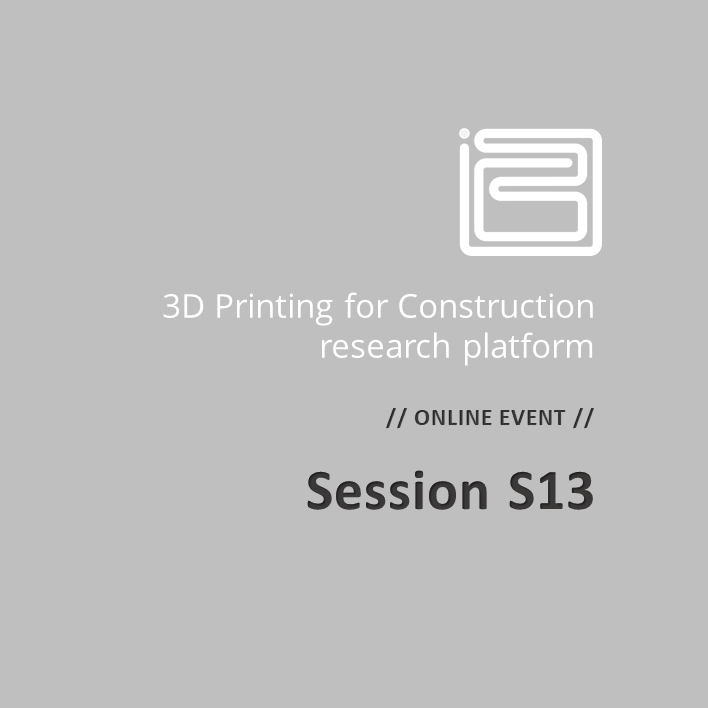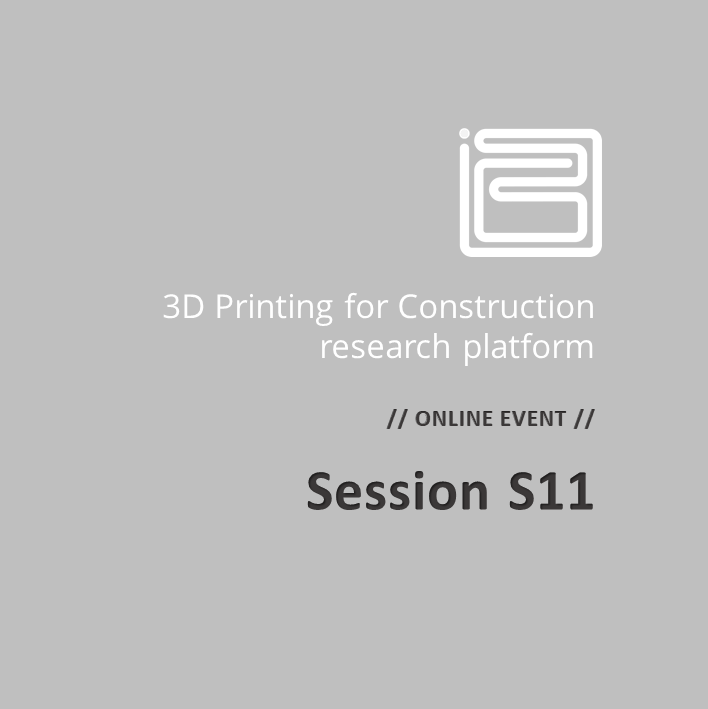EBSE – 2nd International Workshop on Energy-based Seismic Engineering
WorkshopThe Workshop will focus on a broad range of topics related to the Energy-Based Seismic Engineering aiming to bring together experts from several institutions. The Workshop organizers invite papers and presentation proposals relevant to conference themes. Other papers related on the seismic design with links to the energy-based approach are also welcomed.
Considering the theme of the Workshop, the presentation should be focused on trying to answer to any of the following or related subjects:
- How to develop the seismic hazard and to scale ground motion records in terms of energy?
- Are energy-based IMs able to characterize the damage potential of ground motion?
- Do we need to look for energy-based EDPs?
- How to evaluate accurately the energy dissipation capacity of structural members and systems, especially those with degrading properties?
- How can the damage be estimated in terms of energy?
- How to define local and global collapse in terms of energy?
- What is the influence of structural modeling in energy-based damage assessment of structures?
- How can the energy dissipation demand on structural components be estimated from the total energy input?
- How to elaborate a new framework for seismic design based on the concept of energy?
- How to implement innovative seismic technologies for different types of structural systems in order to dissipate energy and to develop design recommendations for various types of seismic energy dissipation devices?
To address the fundamental issues of the Workshop, we would like to invite both senior researchers who have a broad view of the seismic engineering and some young researchers who will lead the activities in the decades to come. As a key stakeholder in the earthquake engineering research, your opinions are considered to be crucial to the discussions on the outcomes of the energy-based seismic engineering.
The aim is to develop a shared comprehensive vision for Energy-Based Seismic Engineering, tackling new challenges for the design and improvement of new and existing structures, together with the application of new smart technologies.






